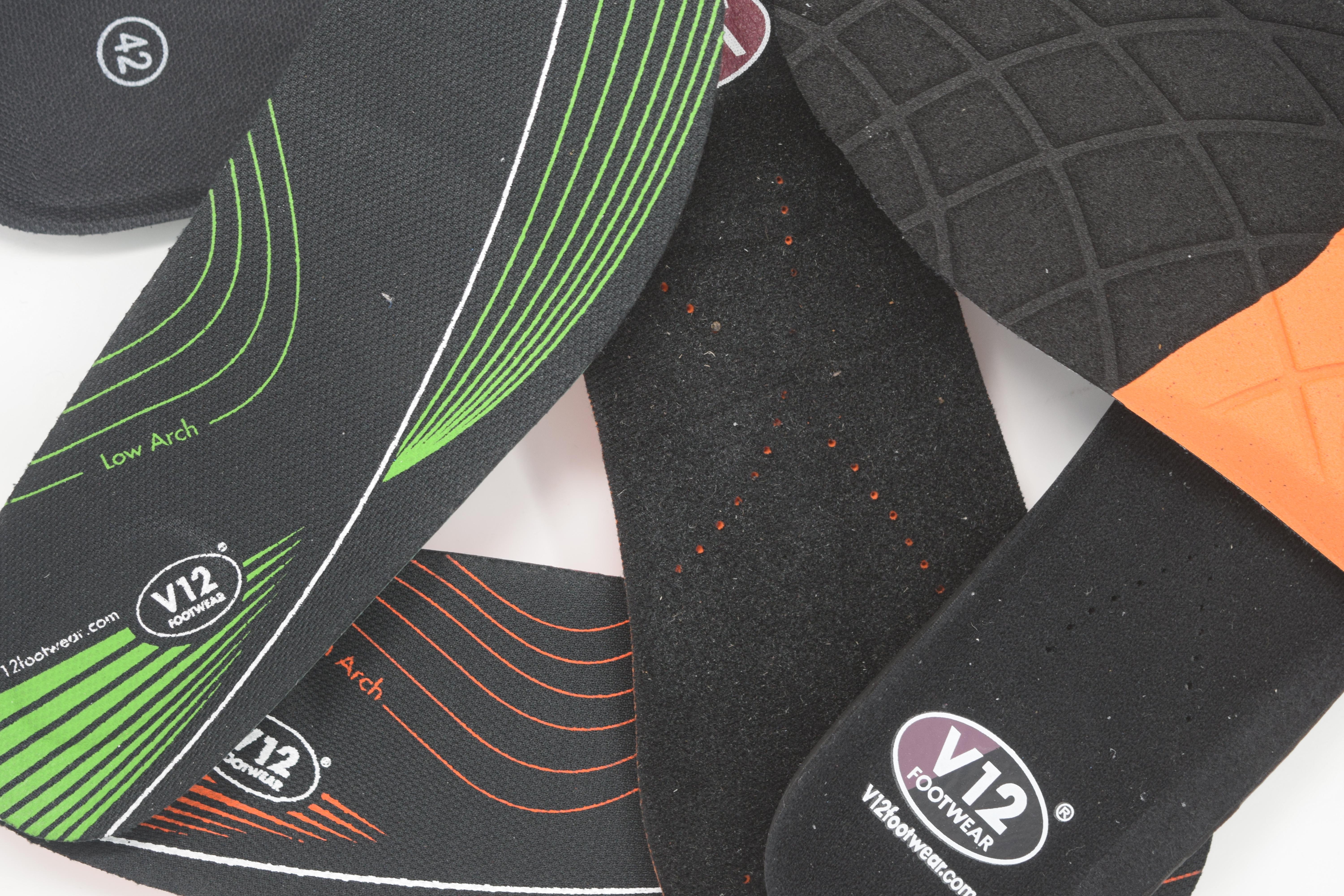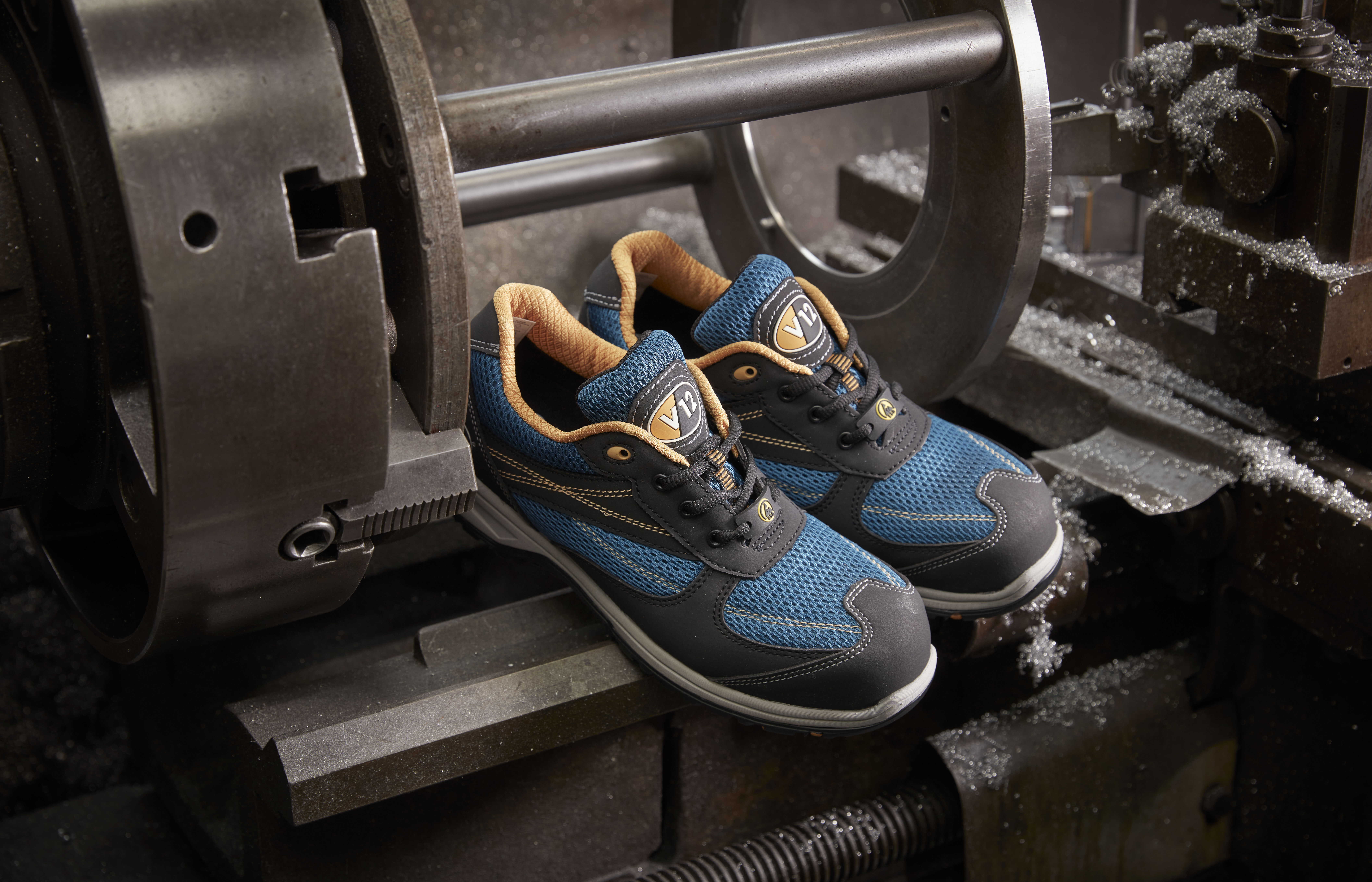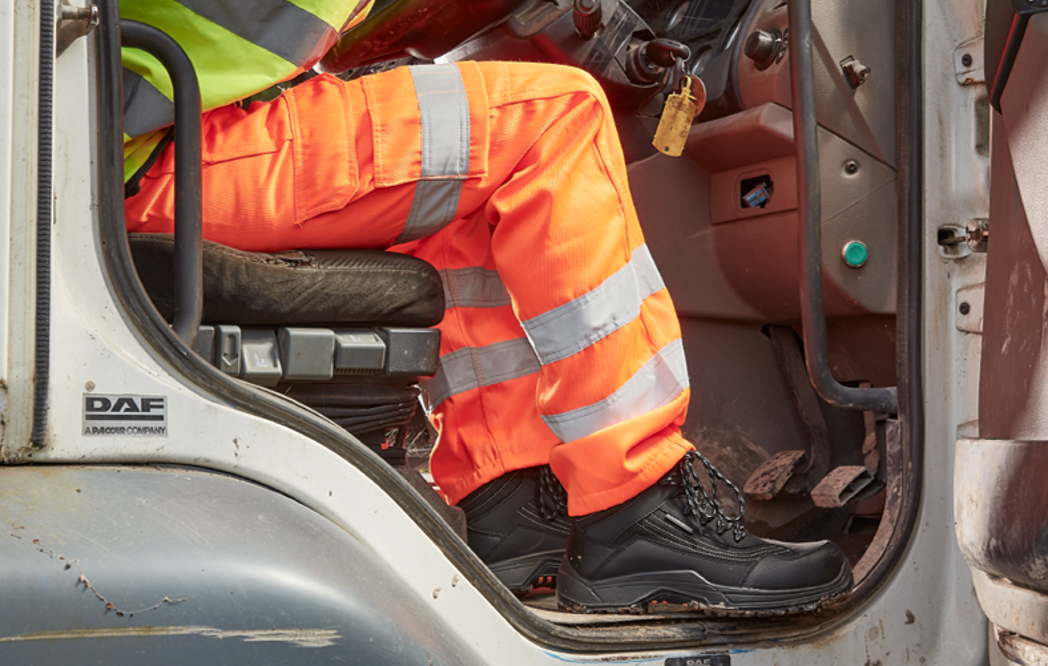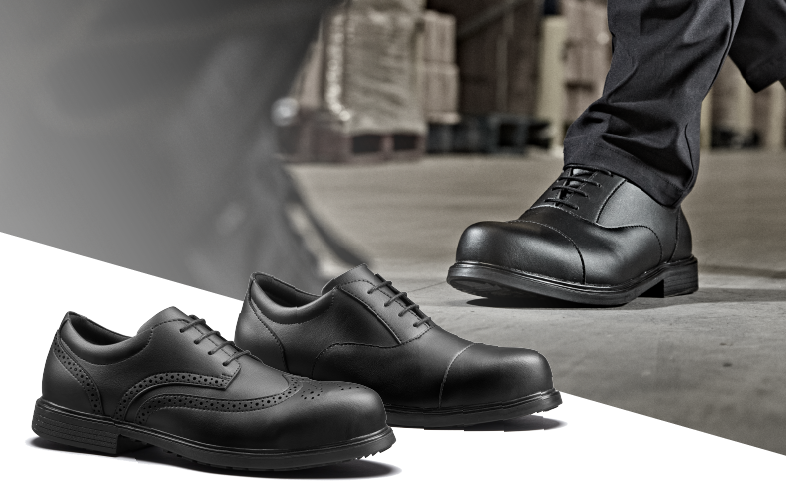What is the purpose of insoles?
A necessary part of the shoemaking process, insoles have been used in footwear for many years and are either glued (non-removable) or removable. The small piece of material that sits underfoot, in your boots, is often taken for granted but can affect and influence things from your posture, and subsequently joint pain, through to tired legs or even how sweaty your feet get!
In this article, we’ll focus specifically on over-the-counter insoles rather than custom-made orthotics, which may be required for more advanced or serious foot conditions.
Why do people buy insoles?
You may be asking, why do people buy insoles if they are supplied with a boot? And the answer, there are a couple of reasons why people buy their own insoles. Firstly, if their boots are being provided by their company, they are likely to have limited influence over the boot choice but want to improve the comfort; therefore, the simplest solution is to buy a cushioned insole. Secondly, the inside of a boot will often wear out before the upper, or sole, has deteriorated. The insole can become flat and begin to smell. To increase the life of the boots, a new insole will bring back the cushioning and freshen them up.
We believe supportive insoles could make the critical difference between pain… and productivity.
Did you know foot-related problems affecting knees, hips and backs, are the most common work-related health problems in the UK? These problems account for a startling 8.8 million working days lost to sickness each year but the solution can be simple, as Paul outlines below:
“As clinical research has progressively proven that work productivity in labour intensive environments is increased with the provision of better health care, footwear has become an increasingly important concern. A lack of correct support leads to comfort issues and pains that result in poorer performance and efficiency. Adding a fitted insole to the footwear of employees is a cost effective tool to increasing work productivity and comfort and is something that shouldn’t be ignored.”
Paul O'Malley, Musculoskeletal Podiatrist and Clinical Biomechanist
Supportive not corrective
It is really important to note that replacement insoles should NOT be used to correct the foot, rather to support it. If you have a serious foot condition that has persisted for more than a month, you should visit a doctor or podiatrist and they can help with custom orthotics. These type of corrective insoles often have a rigid plastic or fibreglass arch support and these may feel unnatural in the shoe. Wearers will also be instructed to only use them for short periods of time, whereas a supportive insole can be worn all day.
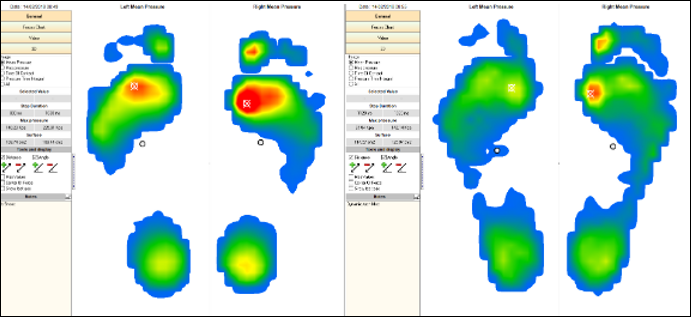
![]() The above pressure diagram clearly shows how insoles better support the foot, reducing the high force areas (shown in red).
The above pressure diagram clearly shows how insoles better support the foot, reducing the high force areas (shown in red).
Is the safe zone safe?
Safety shoes are manufactured to protect feet in the event of an accident, and have been tested and certified to EN20345:2012 with a standard insole already in place.
Replacing your safety boot insoles with one that has not been approved and certified for use by the boot manufacturer, can negate the safety standard.
The reason why the above clause is included in the user manual is because safety toecaps are tested with heavy impacts to allow a ‘safe zone’ between the toecap and the insole to prevent foot injury. If a replacement insole is thicker, it will decrease this area, and if a heavy impact is encountered it could crush or shatter your toes.
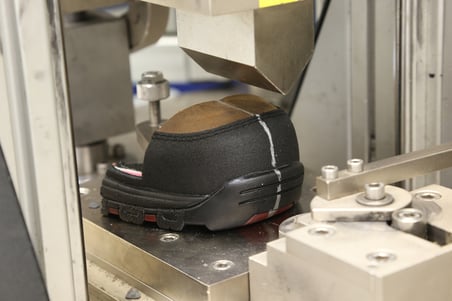
This can be likened to someone modifying their car and reducing the bonnet length - they have just reduced the crumple zone, and if they were to have an accident, it would not be as effective in absorbing impact.
In addition, your work shoes are likely to be anti-static or even ESD (Electro-Statically Dissipative), so it is important that your insoles also meet this standard. Most insoles tend to have a stitch line running across the ball of the foot to maintain anti-static properties. Over time, this stitch line can cause aggravation and discomfort. There is new technology in the market that doesn’t have stitching but is still anti-static and I would recommend these for maximum comfort.
Softer = Better?
One of the most common myths is that cushioning is the answer to foot problems but in fact, cushioning alone is seldom the answer. Firm but gentle support is needed to maintain the proper alignment of the foot and joints, and also help the body to absorb step impact. Excessive cushioning increases strain on muscles and tendons, using more energy, rather like walking on sand, increasing fatigue. So, in the same way that a very soft mattress may do more harm than good to your back, a very soft insole may do more harm than good to your feet. Most people benefit from a firm insole with moderate cushioning particularly under the heel impact area. A good test of an insole is the “pinch test”. Take the insole between fore-finger and thumb. If it can be pinched flat then the insole is neither thick, nor dense enough to provide the right level of cushioning.
DON'T Sweat it
Did you know that the average pair of working feet can sweat up to half a pint a day? This slightly icky fact highlights the importance of having a good moisture-wicking insole. Insoles that absorb moisture help to reduce the temperature of the foot whilst helping to keep it dry. In the absence of moisture-wicking properties, sweat will not only breed bacteria and lead to issues such as athlete’s foot but will also soften the skin, increasing risk of blistering. Moisture-wicking properties largely depend on the insole material. Most insoles are produced using a compressed foam and are split into two types – open cell and closed cell. Both are produced using hundreds of air bubbles in the material, much like an Aero chocolate bar.
However, a closed cell will not allow moisture to pass through and will also go flat after a period of wear. For these reasons, I recommend an open cell material for optimum moisture-wicking and rebound properties.
It doesn’t affect me!
We are only just starting to uncover the scale of the issue with people ‘customising’ their work boots. From our research in the field, on average, we are finding 2 in 5 people in the workplace are buying their own insoles for use in their work boots. With over 85% of safety boot-wearers wearing their boots for 5-7 days a week and a staggering 67% wearing work boots for more than 8 hours a day, it comes as no surprise that they are looking to improve their comfort, by using insoles.
Make sure your workforce is using compliant insoles to mitigate any risk of safety standards being compromised, or anyone getting injured. Contact us to discuss a workplace audit for complete peace of mind.

